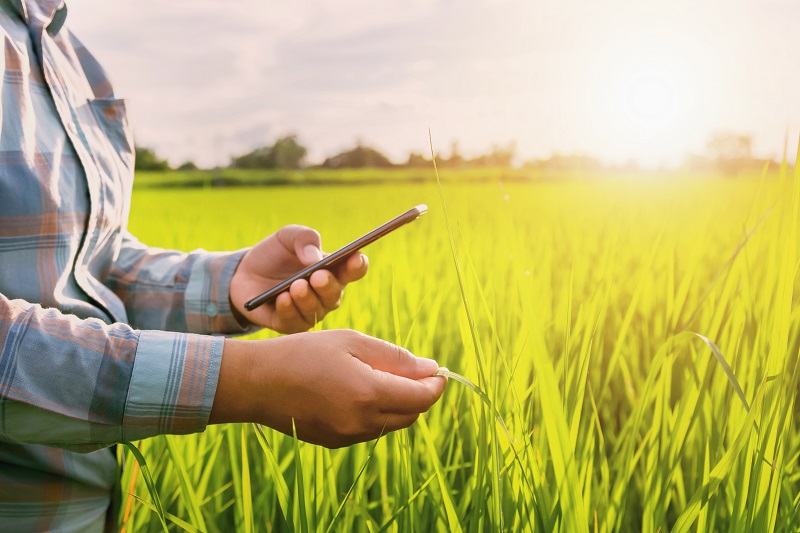Specialty Focus: Growers Seek Guidance
Precision agriculture is defined as “an agricultural concept relying on the existence of in-field variability.” Precision agriculture uses technologies such as global positioning systems (GPS), among other things, to assess and understand crop variations. The information gleaned from using these technologies may be used to estimate the amount of fertilizers needed as well as other input costs. The data also can help predict crop yields — and much more.
And growers are embracing the technology. According to research done by Marvin Batte, an agricultural economist with the Department of Agricultural, Environmental, and Development Economics with the Ohio State University, precision agriculture went from basically very little adoption in 1999 to many large and small growers finding it useful today.
Batte surveyed 2,500 Ohio growers last year with sales of $50,000 or more to determine the rate of precision agriculture adoption among 17 components including guidance systems, like real-time kinematic (RTK) auto steer. He learned that precision guidance is one of the top precision agriculture components of choice.
Many precision agriculture farming practices are very management intensive, he says. “A lot of learning is involved if you are doing variable rate fertilization, seeding, or herbicide application. In these cases you must develop fertilizer or other input prescriptions based on soil sampling, crop scouting, yield mapping, and other bits of information. To do it well, one really must understand the agronomy.
MORE BY MATT HOPKINS
Rural Connectivity Gets a Major Boost: 5 Things to Know About the John Deere-SpaceX Deal
Robot Umpires to Robot Tractors: Similarities Run Deep Between Baseball and Agriculture
“Part of the reason that precision guidance is being adopted so rapidly is that it is less complex to understand and to adopt than some of the variable rate technologies,” he continues. “It is simply a technology to more precisely steer the tractor and implement where it is intended.”
Precision guidance can be as simple as a lightbar system to merely assist the driver in making parallel swaths, or it can be an auto steer system that will allow the tractor to follow a “mapped” path, Batte explains. “This latter system may, in the future, also control implements to greatly reduce wasted inputs from overlap or lost yields from skipped application,” he adds.
On The Plus Side
Growers have much to gain by employing GPS technology. Batte says they can save time by doing various operations more rapidly. Plus, they will be more precise, they will limit passes across the field, and they will save on fertilizers and other materials, including fuel. On top of that, he says, growers can work longer hours because the fatigue factors will be considerably less.
Because more growers are realizing the benefits of GPS technology, they are looking for even more precise tools, such as RTK. The potential for continued increased adoption of this technology for vegetable growers is there, says Batte.
“With row crops, there are rows to guide you, but still I think the precision guidance would allow you to work more quickly,” he explains. “As one goes to higher valued crops, such as vegetables, we should see even higher rates of adoption in those areas.
“For RTK, the prices for the components have gone down from where they were even just a year or two ago,” he concludes. “We are seeing larger farmers adopting more rapidly. As fuel, fertilizer, and chemical prices increase, and as crop prices increase, I would expect to see a further increase in adoption.”
Direct comments or questions about this article to Rosemary Gordon via email by clicking here.










